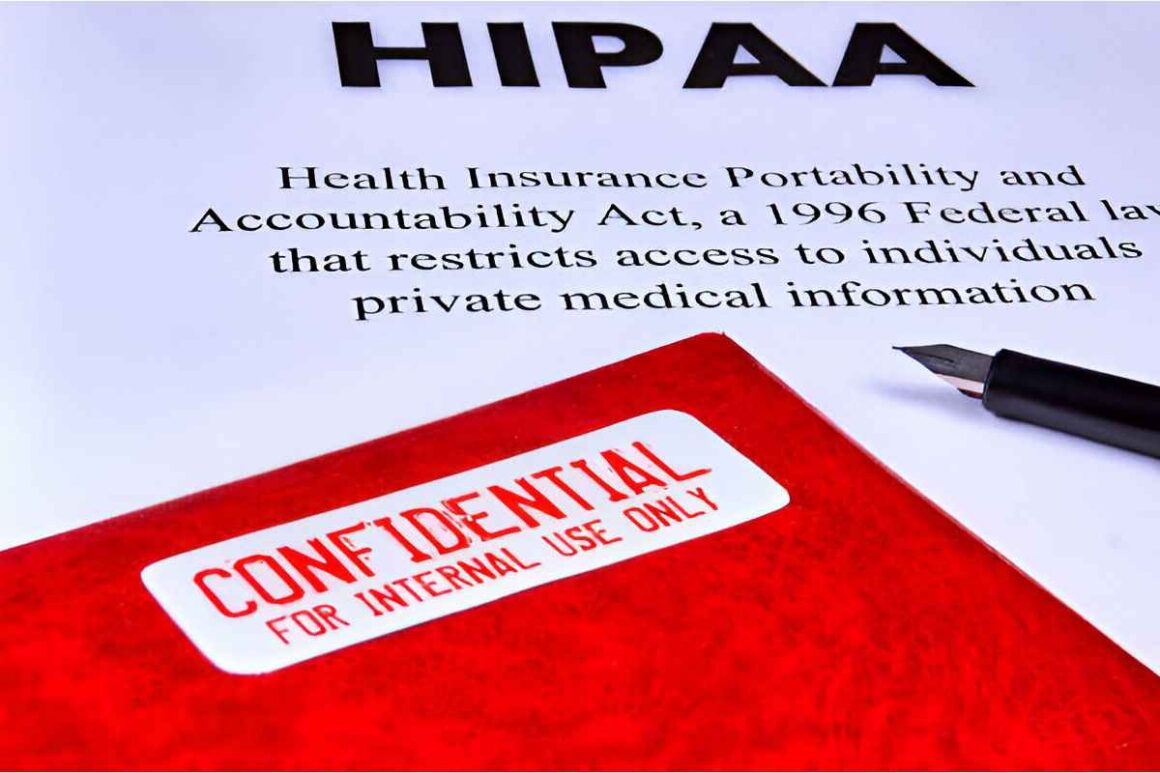In the healthcare industry, safeguarding patient information is not just a best practice; it’s the law. The Health Insurance Portability and Accountability Act (HIPAA) sets the standard for protecting sensitive patient data, including how it’s transmitted. Faxing remains a common communication method in healthcare due to its perceived reliability and simplicity. However, with the rise of digital information sharing, it’s crucial to ensure that fax transmissions adhere to HIPAA regulations. Below, we delve into the importance of secure faxing and how to ensure compliance within your healthcare practice.
Table of Contents
Understanding HIPAA Compliance in the Context of Secure Faxing
Understanding how to protect patient health information (PHI) is vital under HIPAA regulations. Secure faxing isn’t just about sending documents over a phone line—it requires physical, administrative, and technical safeguards. For example, fax machines must be placed in secure areas with limited access, and the data sent should be encrypted to keep information safe both in transit and at rest.
Faxing remains a trusted method for sharing PHI in healthcare, despite the emergence of newer digital options. To stay compliant, organizations need to review their faxing practices regularly and use tools like InterFAX to ensure they’re using a reliable HIPAA-compliant fax solution. This helps protect patient privacy and avoid costly penalties for non-compliance.
The Role of Secure Faxing in Protecting Patient Health Information
Secure faxing is vital for protecting patient health information (PHI) and ensuring compliance with HIPAA standards. It requires encryption to safeguard data from unauthorized access during transmission. Built-in encryption in secure faxing solutions helps protect information from the sender to the recipient. In addition to technology, accountability is essential—healthcare organizations must maintain logs of fax activity to support audits and demonstrate compliance.
Human error also poses a risk, making staff training and strict faxing policies critical for preventing breaches. Covered entities must implement both technical safeguards and employee protocols to ensure secure and compliant fax communications involving sensitive patient data.
Evaluating Fax Solutions: HIPAA Requirements for Data Transmission
When evaluating fax solutions for HIPAA compliance, healthcare organizations must ensure the confidentiality, integrity, and availability of protected health information (PHI). This involves selecting services that safeguard data from unauthorized access and tampering. Secure transmission is a key requirement, whether using traditional fax machines with proper configurations or modern HIPAA-compliant internet fax services.
These solutions must also verify the recipient’s identity, often through receipt confirmation. Integration with existing systems is another critical factor, supporting workflow continuity and ease of use. An effective fax solution combines robust security features with user-friendly functionality to support HIPAA compliance and staff efficiency.
Best Practices for Implementing HIPAA-Compliant Faxing in Healthcare Settings
Implementing HIPAA-compliant faxing in healthcare requires evaluating current practices to identify vulnerabilities in both technology and procedures. Providers should adopt secure faxing solutions with encryption and protected transmission protocols, while ensuring that received faxes are stored safely using locked machines and restricted-access areas.
Regular staff training on secure faxing policies and the consequences of non-compliance is critical to fostering a culture of privacy and security. Thorough documentation of faxing activities—such as transmission times, sender and receiver details, and delivery confirmations—is essential. These records support HIPAA compliance and provide a reference for audits or dispute resolution.
Overcoming Challenges in Secure Faxing: Encryption, Access Controls, and Audit Trails
Secure faxing in healthcare requires layered strategies involving encryption, access controls, and audit trails. Encryption ensures PHI is unreadable to unauthorized users, meeting HIPAA standards. Access controls, such as PINs, swipe cards, or biometrics, restrict fax access to approved personnel and dictate how long faxes can remain at machines.
Audit trails offer detailed records of fax transmissions, helping identify unauthorized activity and aiding in HIPAA compliance. Implementing these safeguards often involves upgrading hardware, adopting secure fax software, and revising organizational policies. Continuous evaluation of faxing systems is essential to address emerging threats and maintain the integrity of PHI transmission and storage.
Altogether, the careful consideration of faxing methods and practices is essential for safeguarding patient health information in compliance with HIPAA regulations. Comprehensive measures, from choosing the right fax solution to training personnel, are crucial for maintaining the confidentiality and integrity of PHI. The commitment to secure faxing is not just a legal requirement but a fundamental aspect of trust in healthcare.
Also Read: How Kansas City Personal Injury Lawyers Handle Complex Truck Accident Cases


